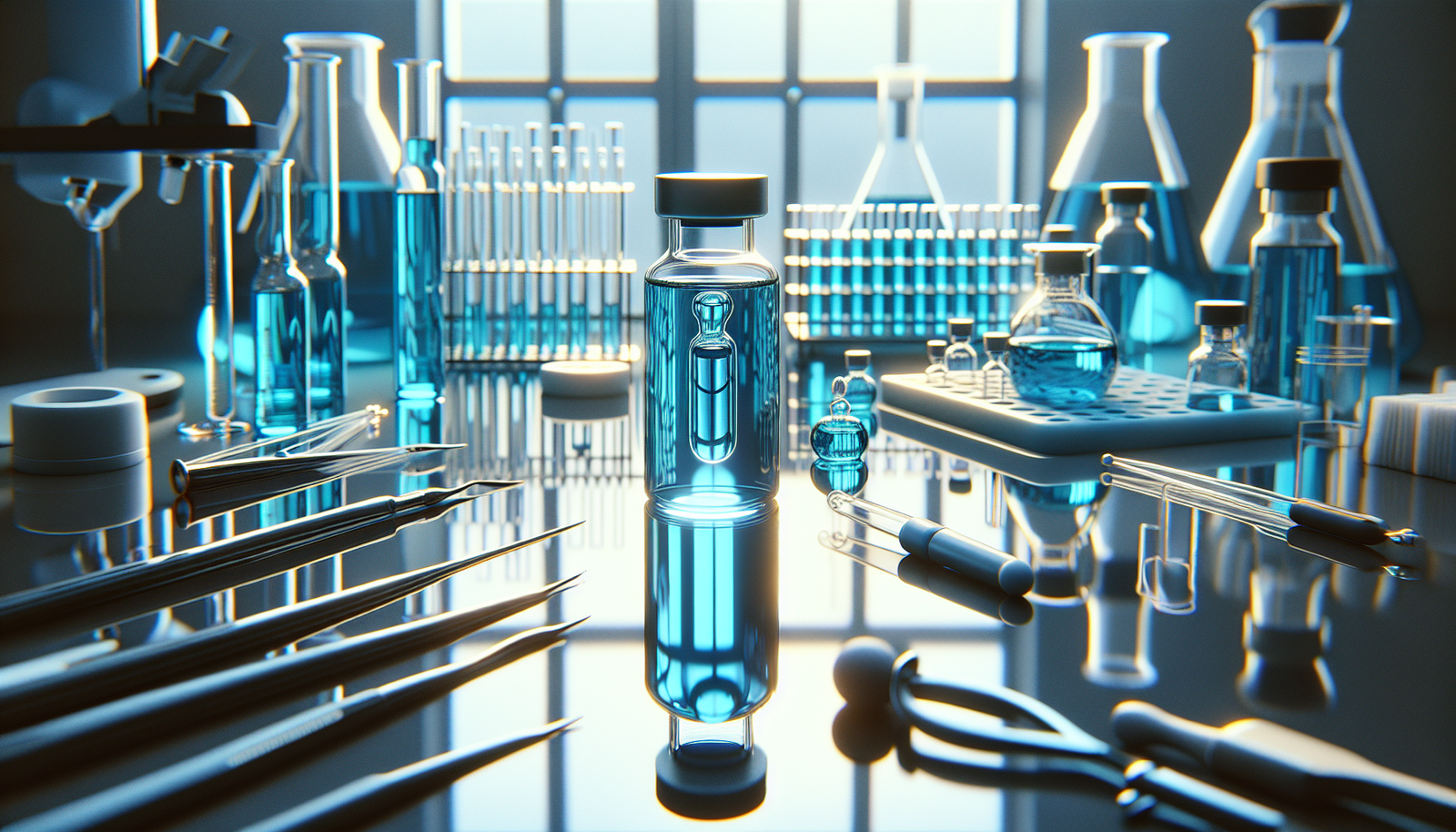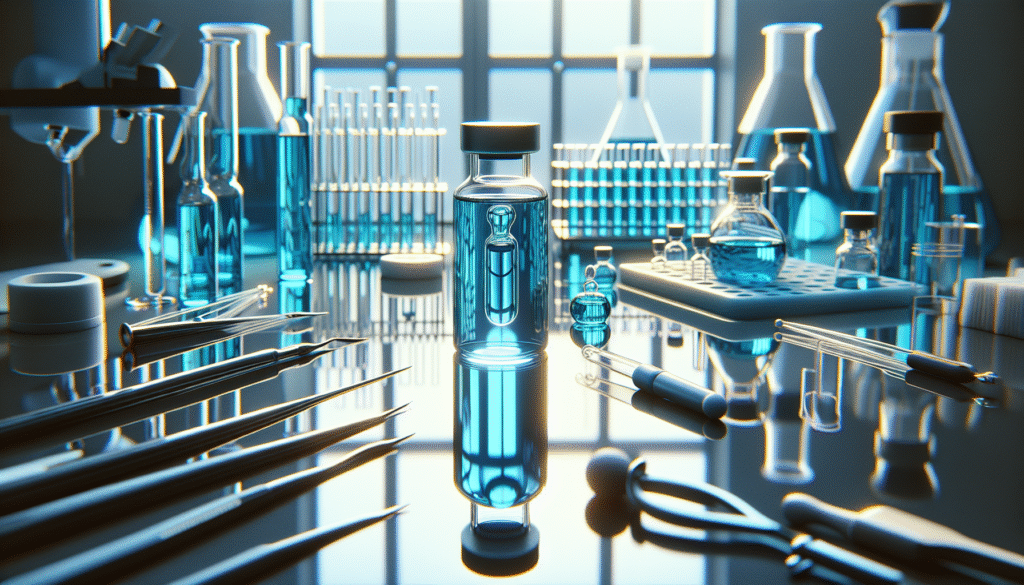
Have you ever wondered about the best practices for storing and using methylene blue, a compound that has a range of applications in various fields including biology, medicine, and chemistry? Understanding the nuances of this chemical can significantly enhance its efficacy and safety in your workspace.
Understanding Methylene Blue
Methylene blue (MB) is a synthetic dye with a rich history. Originally developed in the late 19th century, it has since carved out a crucial role in medical and scientific applications. From acting as a treatment for methemoglobinemia—a condition where hemoglobin can’t effectively release oxygen to tissues—to serving as an important stain in microbiology, methylene blue’s versatility is vast.
Chemical Properties
Methylene blue, with the chemical formula C16H18ClN3S, exhibits unique properties that make it valuable in various applications. It is a cationic dye that is soluble in water and has a characteristic deep blue color.
Table 1: Key Chemical Properties of Methylene Blue
| Property | Value |
|---|---|
| Molecular Weight | 319.85 g/mol |
| Solubility | Soluble in water |
| Melting Point | 100 °C |
| pH | 3.5 – 7.0 (solubility range) |
Importance of Proper Storage
Proper storage of methylene blue is essential to maintain its quality and prevent degradation. The stability of this compound can be compromised if it is not stored correctly.
Factors Affecting Storage Conditions
There are several factors that influence how you should store methylene blue. These include temperature, light exposure, and humidity.
Temperature
Methylene blue should be stored at a controlled temperature. Excessive heat can lead to breakdown, causing the compound to lose its efficacy.
Light Exposure
As a photosensitive compound, prolonged light exposure can degrade methylene blue. Always store it in opaque containers to minimize light exposure.
Recommended Storage Conditions
To preserve the integrity of methylene blue, adhere to the following recommended storage protocols:
- Store in a cool, dry place
- Keep the container tightly sealed
- Use opaque or dark glass containers
- Avoid significant temperature fluctuations
Table 2: Recommended Storage Conditions for Methylene Blue
| Storage Condition | Recommended Approach |
|---|---|
| Temperature | 2°C to 8°C |
| Light | Dark or opaque containers |
| Humidity | Low humidity (<50%)< />d> |
| Container Type | Dark glass or plastic |

Safe Handling Practices
Using methylene blue safely is crucial for minimizing potential hazards. While it has numerous benefits, it can also pose risks if not treated with care.
Personal Protective Equipment (PPE)
When handling methylene blue, it is essential to wear appropriate PPE to minimize exposure.
- Gloves: Use chemical-resistant gloves to avoid skin contact.
- Goggles: Protect your eyes from splashes by wearing safety goggles.
- Lab Coat: A lab coat can provide an additional layer of protection against spills.
Ventilation
Ensure that your working area is well-ventilated. Working in a fume hood or an area with a constant flow of clean air can help mitigate any risks associated with inhalation.
Applications of Methylene Blue
The uses of methylene blue are diverse, spanning various fields from healthcare to environmental science.
Medical Applications
In medicine, methylene blue is primarily used to treat methemoglobinemia. This compound works by acting as an electron donor, facilitating the reduction of methemoglobin to hemoglobin.
Additional Medical Uses
- Antiseptic: Methylene blue has been used in a variety of antiseptic applications due to its antimicrobial properties.
- Treatment for Urinary Tract Infections (UTIs): It is sometimes used to relieve symptoms associated with UTIs.
Scientific Research
In scientific contexts, methylene blue has notable significance. It is widely used as a dye in histology and microbiology, aiding in visualizing cellular structures.
Microbial Staining
Methylene blue can serve as a simple stain in microbiology, allowing researchers to observe the morphology of bacteria and other microorganisms.
Environmental Science
In addition to its biological applications, methylene blue is utilized in environmental science for various analytical techniques. For example, it is used in measuring the concentration of certain pollutants in water.

Preparing Methylene Blue Solutions
If you need to prepare a methylene blue solution, it’s important to follow proper protocols to ensure accuracy and safety.
Concentration Considerations
The concentration of your solution will be dictated by your specific application, whether it’s for staining or biological assays. A typical concentration might range from 0.1% to 1%.
Steps to Prepare a Methylene Blue Solution
-
Calculate the Required Amount: Determine how much methylene blue you will need based on the desired final concentration.
-
Dissolve in Appropriate Solvent: Use distilled water as the solvent, as impurities can affect the solution’s quality.
-
Mix Thoroughly: Ensure that methylene blue is completely dissolved, creating a uniform solution.
-
Store Properly: Once prepared, store the solution under the same conditions as the solid form.
Safety Precautions
While preparing your solution, always follow lab safety protocols:
- Wear gloves and goggles
- Work in a ventilated area
- Dispose of any waste according to your institution’s safety guidelines
Disposal of Methylene Blue
Disposal of methylene blue must be conducted according to local regulations and institutional guidelines. Improper disposal can have detrimental effects on the environment.
Biological Waste Disposal
If methylene blue is used in a biological context, any waste should be treated as biohazardous material.
Chemical Waste Protocols
If you have leftover methylene blue solution, follow these guidelines:
- Label any waste containers clearly
- Use designated chemical waste disposal methods
- Consult your institution’s environmental health and safety office for specific instructions
Conclusion
Understanding the best practices for storing and using methylene blue is paramount for anyone working with this versatile compound. By keeping your storage conditions optimal, utilizing appropriate safety measures, and adhering to disposal protocols, you can ensure not only the effectiveness of your applications but also the safety of yourself and your environment.
Methylene blue has much to offer across various fields; by employing these practices, you can become proficient in utilizing this compound responsibly and effectively. The journey of mastering methylene blue begins with education and extends into diligent practice, ensuring comprehensive mastery over its use.